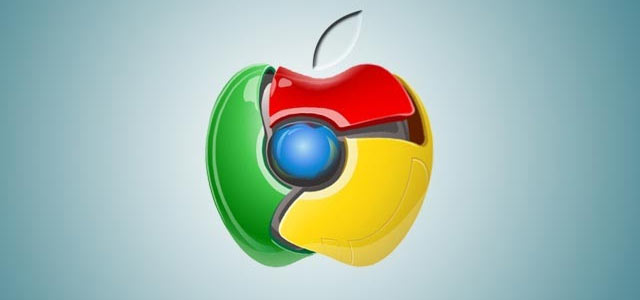Google Chrome is great... just not on an Apple MacBook
Google Chrome was introduced as a pioneering concept in its own right, bringing speed, reliability and an array of Google-powered cloud services that businesses and individuals have been using, at no cost. While this is a great pitch for a web browser known and loved by millions of users across all platforms, MacBook users are beginning to notice something... not so great about Google’s flagship browser.

Battery life is an important reason why most choose a MacBook. the average MacBook user, can get as much as six to eight hours of battery life, depending on the type of applications used.
This is due to the enormous advancements in the way Apple constructs its laptops, as well as gigantic leaps in how Mac OS X handles and allocates hardware resources.
Apple’s own Safari browser is built to deliver the best browsing experience on a Mac, with a minimal footprint on battery life. There are currently no browsers that can outshine Safari in that department, at least on a MacBook. According to tests ran by BatteryBox, the battery on a 13 inch MacBook Air with Retina display lasts up to 6 hours and 21 minutes, using Apple Safari, 5 hours and 29 minutes when using Firefox, and 5 hours and 8 minutes when using Google Chrome.
Why is Chrome so power-hungry?
Google Chrome has consistently evolved, since its early iterations, and in recent years it has taken a direction to where Chrome users are no longer content with browsing websites and watch Netflix, they want to do a lot more, including being able to access productivity tools, and office applications.
To fully understand how Google Chrome works, we can take a look at how many instances of Google Chrome are open at one time, during a regular browsing session. This can be done by bringing up Google Chrome’s own task manager, which shows how each open tab is considered to be its own separate process and application.
Every tab in Chrome makes use of resources managed separately, however, tabs are not the only power-hungry feature displayed in the browser’s built in task manager. Chrome extensions and plugins are also to blame for faster than normal drain on a MacBook’s battery.
Each one of these instances can be killed systematically, without affecting the Chrome browser’s stability.
The fact is, most Chrome users aren’t likely to ditch Chrome for Safari, not even on their MacBooks, but there are acceptable compromises that users can come down to, such as turning off certain extensions, which, for the most part, can be done quickly and directly from the Chrome’s toolbar. Keeping open tabs to a minimum is also a good way to save on power requirements.